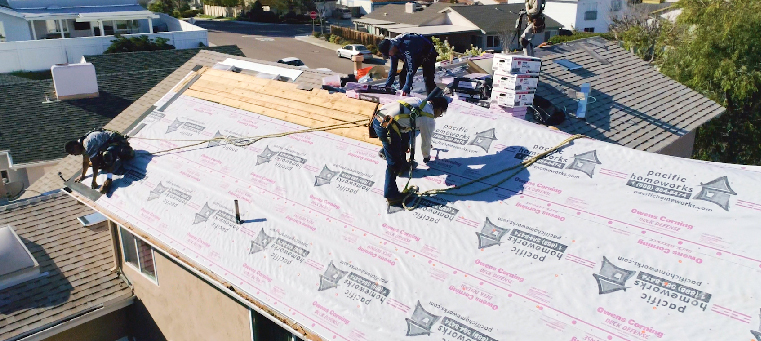




More than 70 percent of all single-family homes in the US are roofed with asphalt shingles, though that number is slowly shrinking thanks to more energy-efficient alternative roofing materials. Asphalt shingles dominate the market because they are affordable, offer a variety of attractive options and do a good job protecting homes from the elements.
How are wood shingles and shakes different?
This ancient roofing option has been thoroughly modernized with newer and stronger materials that look fantastic.
Your great-grandfather’s home or barn might well have been roofed in metal, and some of those 100-year old roofs are still going strong. Metal roofing has enjoyed a recent resurgence led by demand for durability, eco-friendly roofing and the introduction of new styles.
Metal roofing is still manufactured in rolls, but most is rigid sheet roofing with vertical-seam panels and modular press-formed panels that can be painted or coated with granules.
The manufacturing processes allow for a variety of appearance options including the traditional metal roof style and roofing made to look like shingles, shakes and tiles. The most common metals used are aluminum, lightweight steel and zinc. Copper metal roofs are a beautiful but costly specialty!